The 28th annual scourging of fossil fuel users, the Conference of Parties (COP28), has been and gone. Like the previous 27 meetings, it has issued a lofty statement of intent but unlike other recent meetings there was no Greta Thunberg. Her absence appeared to relate to limited protest options in the oil potentate United Arab Emirates.
Already a subscriber? Log in
Subscribe for just $2 a week
Try a month of The Spectator Australia absolutely free and without commitment. Not only that but – if you choose to continue – you’ll pay just $2 a week for your first year.
- Unlimited access to spectator.com.au and app
- The weekly edition on the Spectator Australia app
- Spectator podcasts and newsletters
- Full access to spectator.co.uk
Or

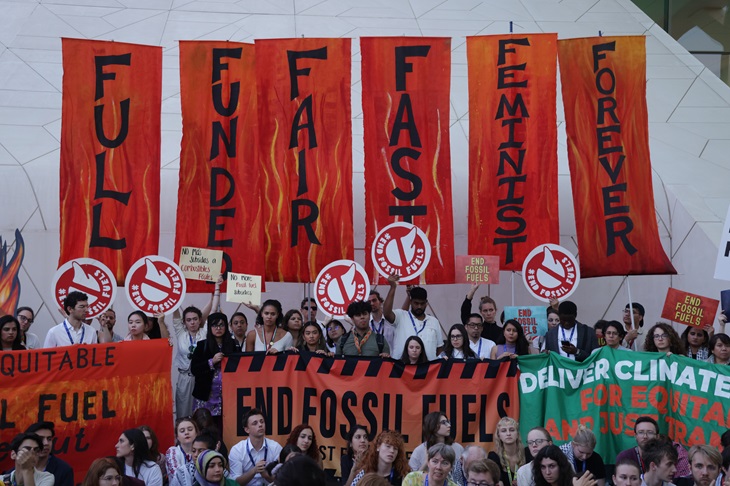
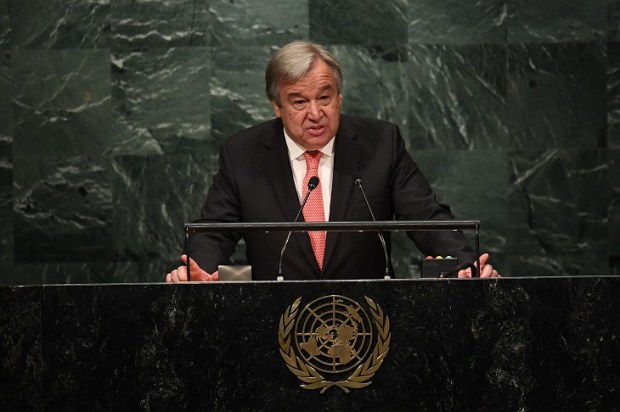

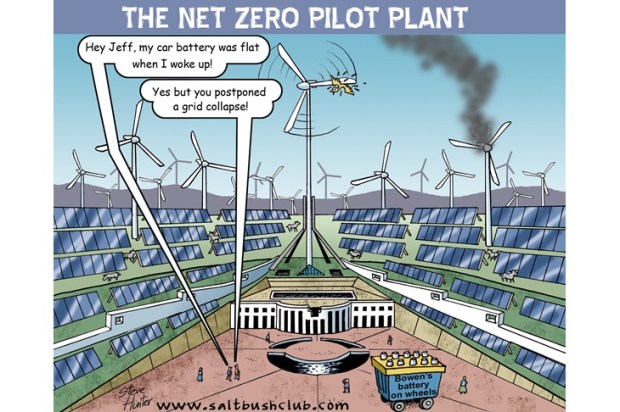

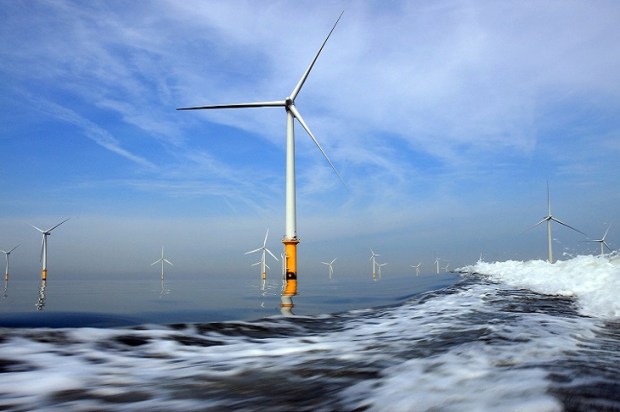
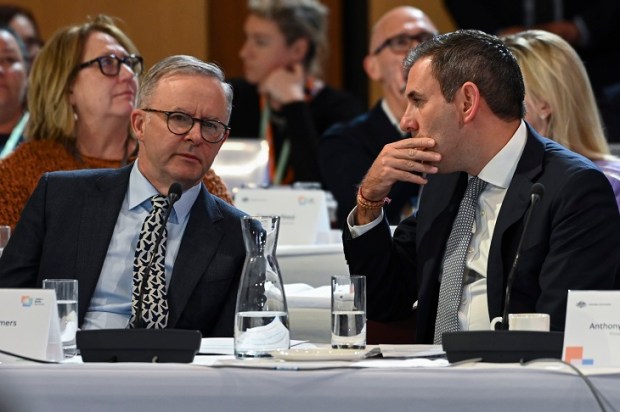


















Comments
Don't miss out
Join the conversation with other Spectator Australia readers. Subscribe to leave a comment.
SUBSCRIBEAlready a subscriber? Log in